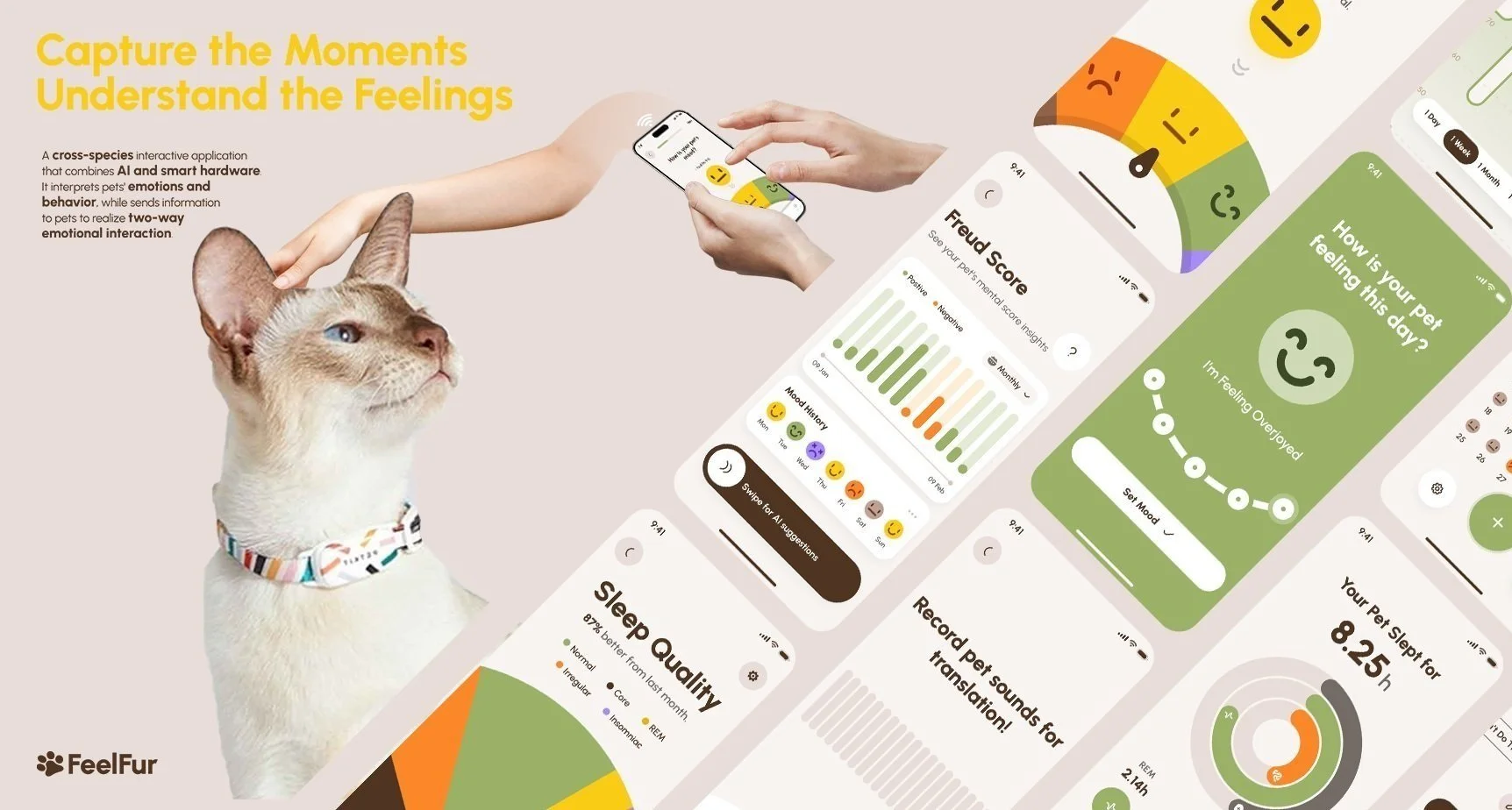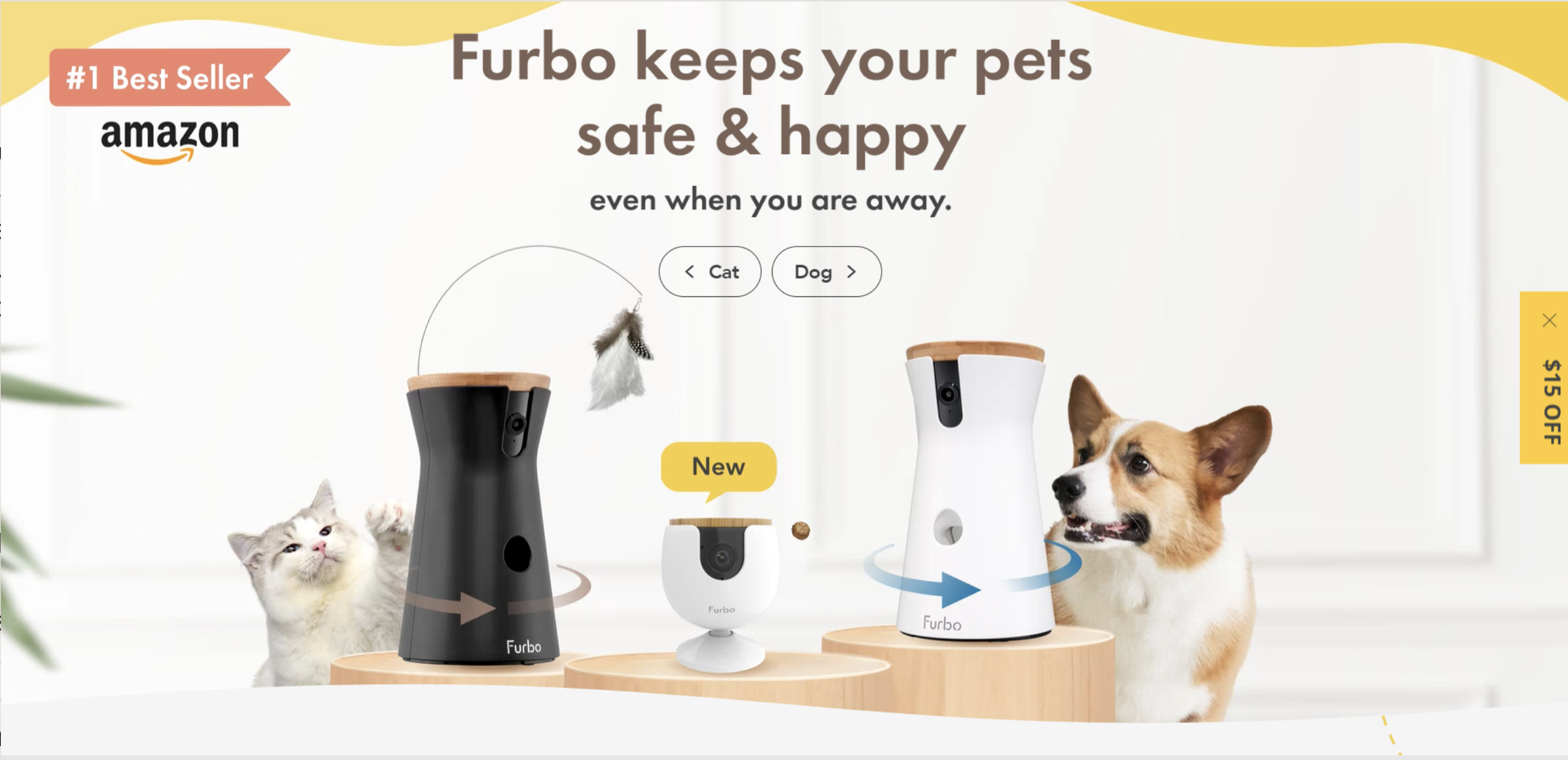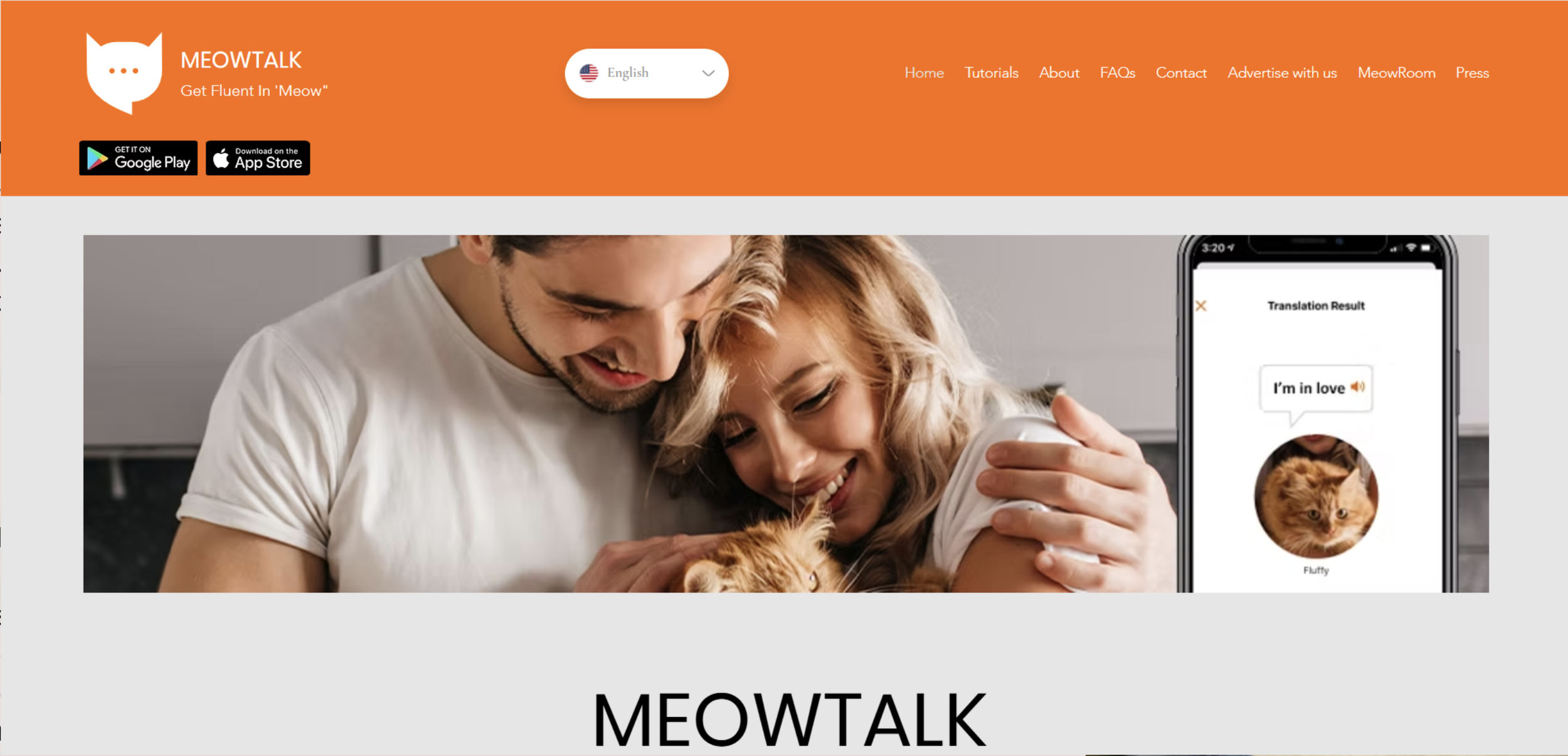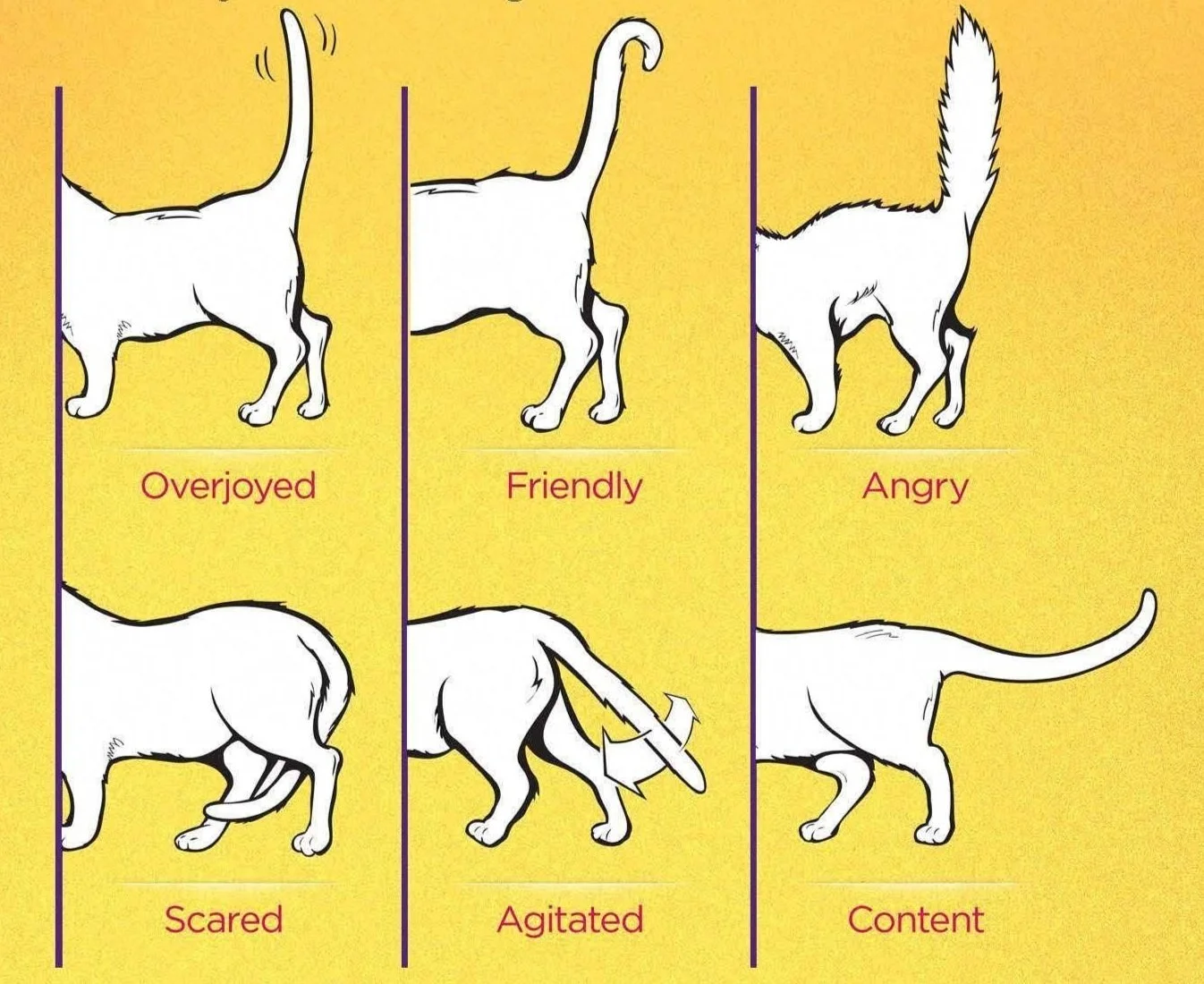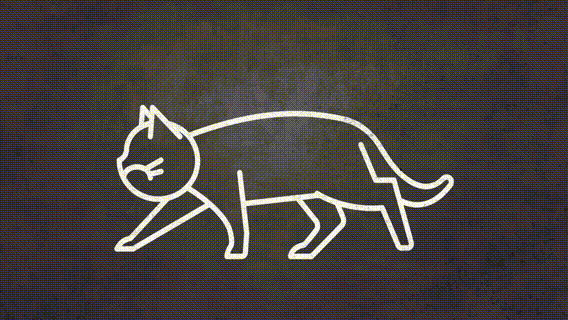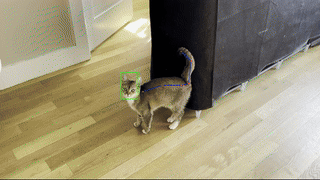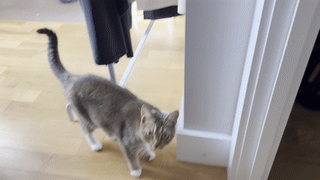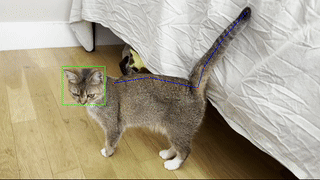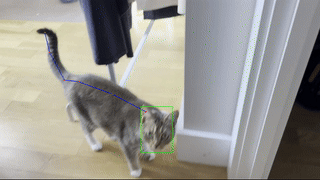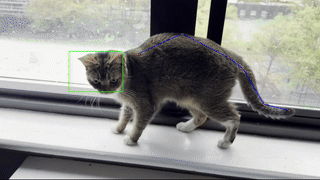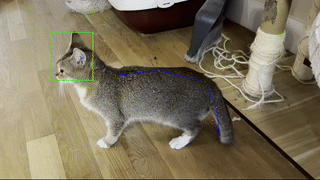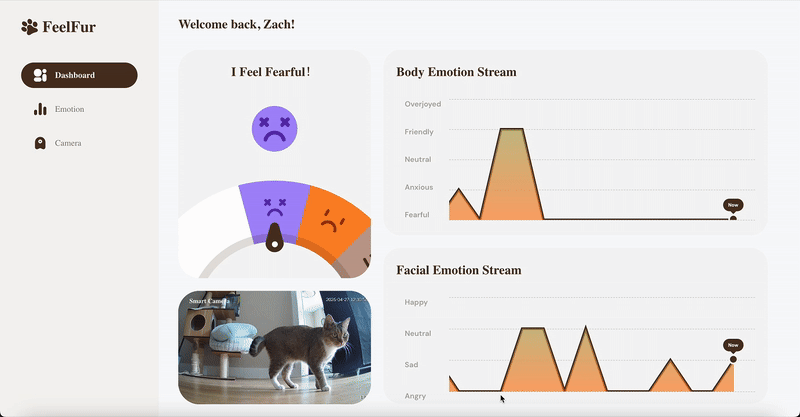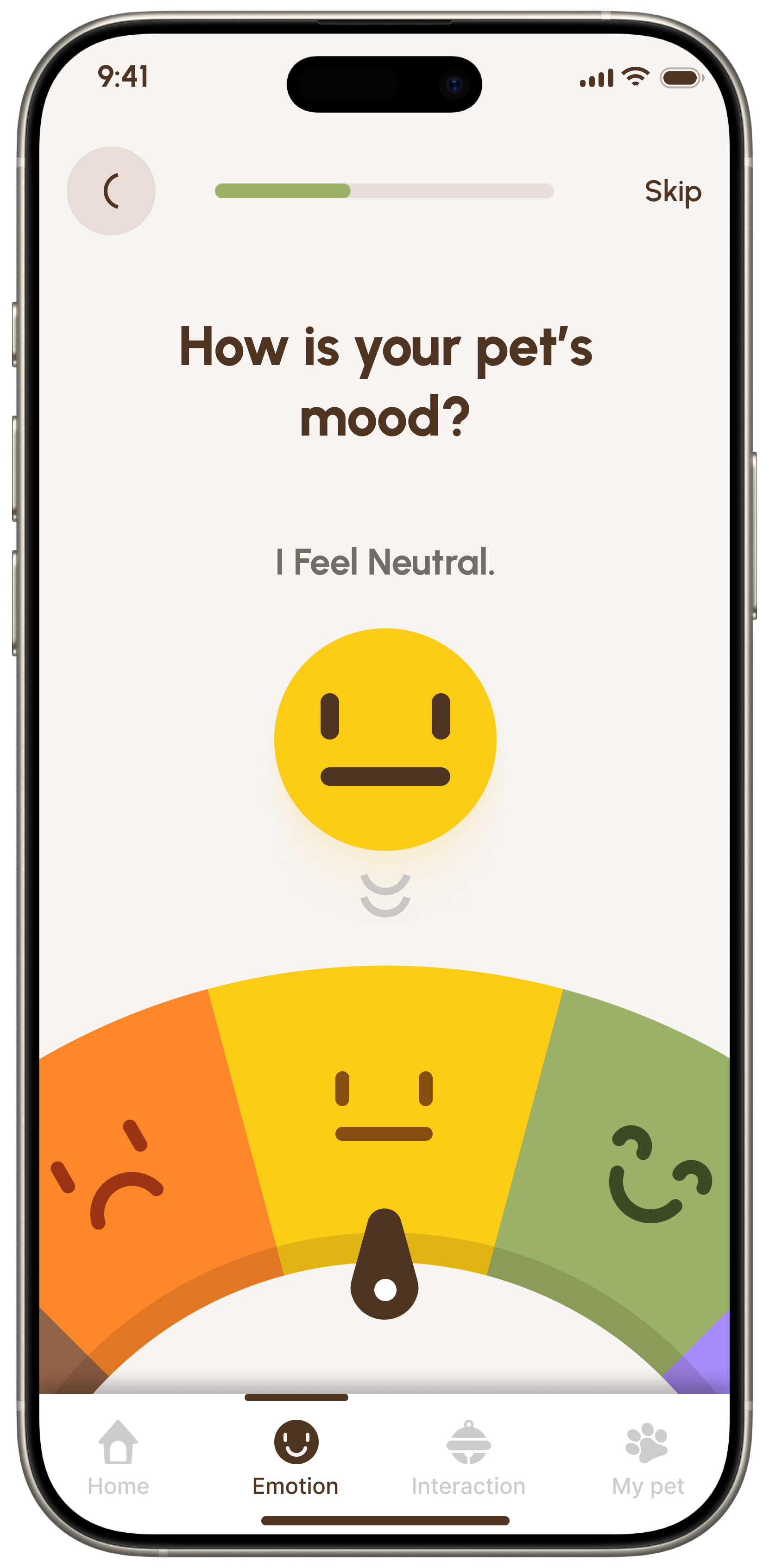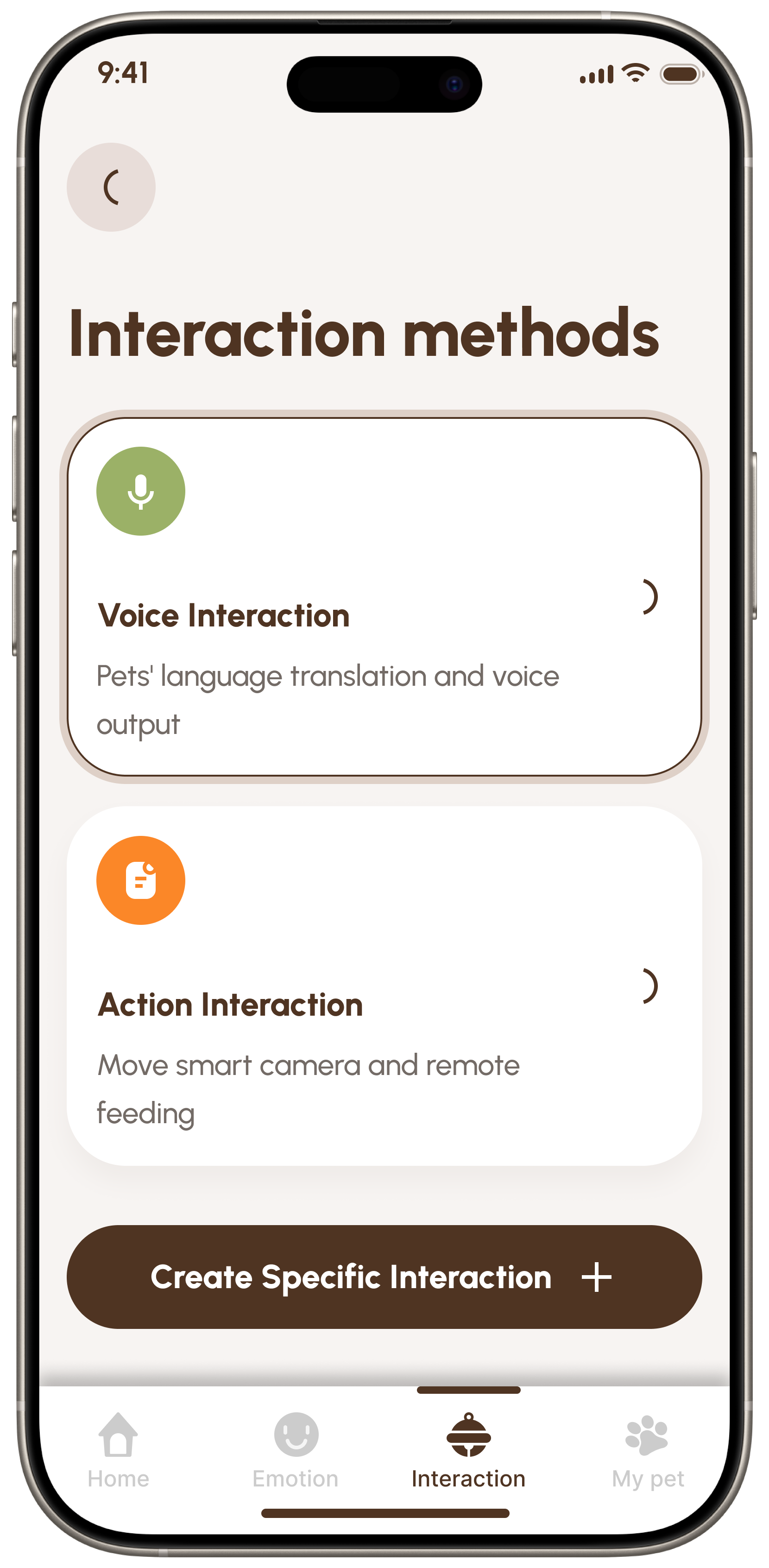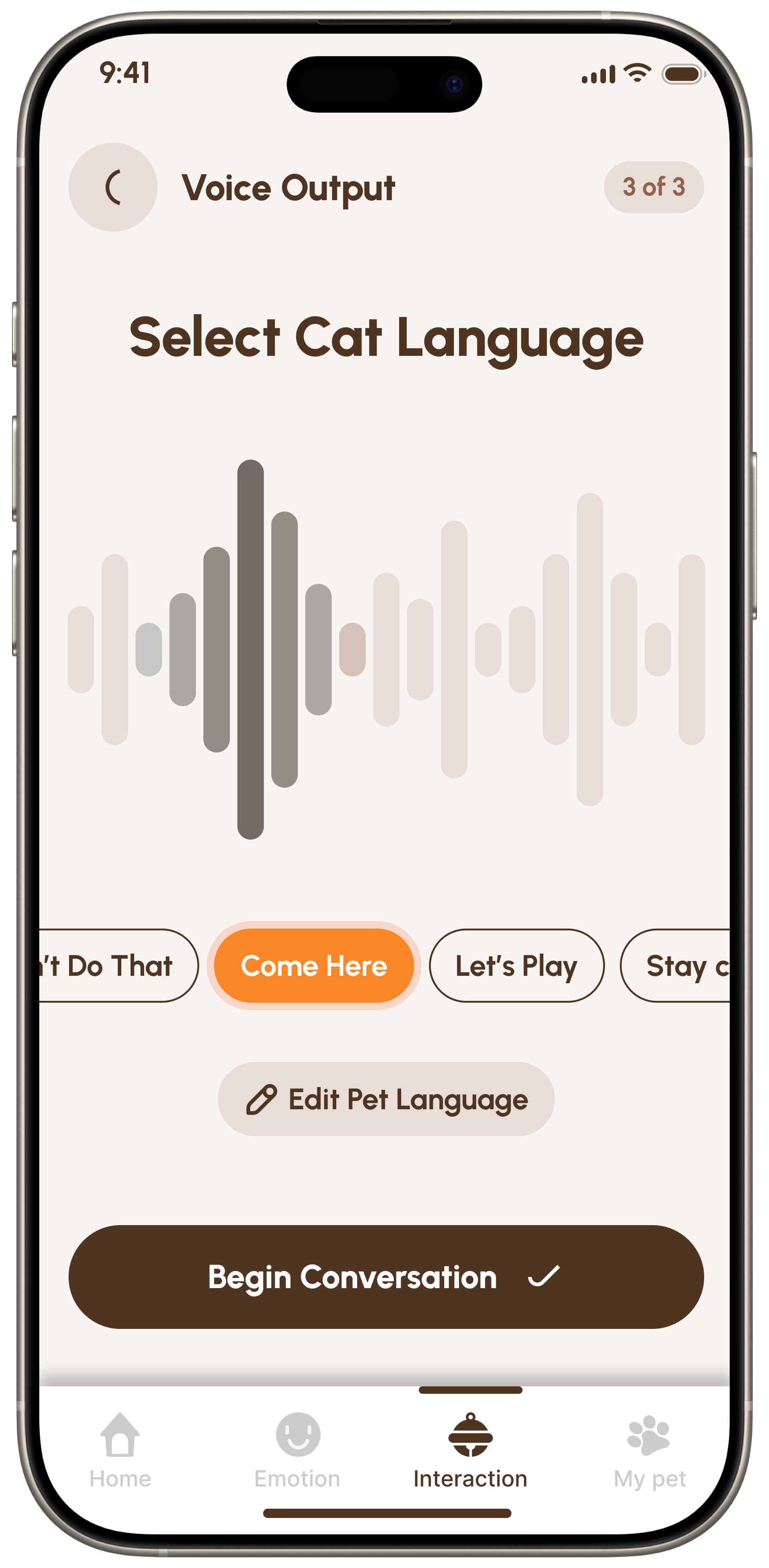Social Issues Between Pets and Owners
Separation anxiety in pets has grown as more people return to in-office work, leaving pets alone for long periods. This leads to stress-related behaviors like excessive barking, destruction, or loss of appetite, while owners experience guilt and concern.
Emotional disorders in both pets and humans are increasingly common, often caused by isolation, stress, and lack of interaction. Pets may develop anxiety and depression from insufficient stimulation, while humans facing emotional struggles may miss out on the companionship benefits.
Precedents
Furbo: A pet monitoring device with a camera, treat dispenser, real-time video, barking alerts, and two-way audio. It enables remote interaction but lacks emotion or language translation features.
MeowTalk: An AI app that translates cat vocalizations into basic needs or emotions. Though still early in development, it pioneers AI-driven pet communication.
User Journey
Core Function
“Pet emotion recognition”
Real-time monitoring + Frame-by-frame analysis + Emotion trend recording
For future Pet emotion intervention" and "remote interaction".
Technical Route
Hardware
Component:Camera + RTSP with local HTTP API
Software
Component:Pet- Facial/ body-Emotion-Recognition
Emotion Recognition Classification Principles
Face
Look to these to tell you how your cat really feels
Body
Cats convey a whole range of emotions with their body, especially tails.
Model training results
93.85
Training Accuracy
92.06
Validation Accuracy
Overjoyed / Friendly
Body Emotion Recognition Model
This model uses DeepLabCut to annotate and extract key points, and models the body posture of cats at six key positions of the spine and tail.
Through the collected and processed video data, combined with Mobilenet V2 training, the classification and recognition of cat body emotional states can be achieved.
Emotion categories overjoyed, friendly, neutral, anxious, and fearful.
This model uses transfer learning based on MobileNetV2 to extract features from pet facial images and then classify emotions.
The training dataset contains about 4,000 labeled pet facial images, covering emotion categories such as happy, sad, neutral, and angry.
Facial Emotion Recognition Model
93.75
Training Accuracy
85.51
Validation Accuracy
Neutral
Fearful
Anxious
App Prototype
Dashboard
Camera Setting
Emotion History
App (Mobile version mockup)& Future Function
Core features:
Real-time emotion recognition and analysis of pets
Real-time location tracking and health monitoring
Long-term health and emotion records with AI-driven recommendations.
Customization of emotion recognition models
Integration with hardware for interactive commands
